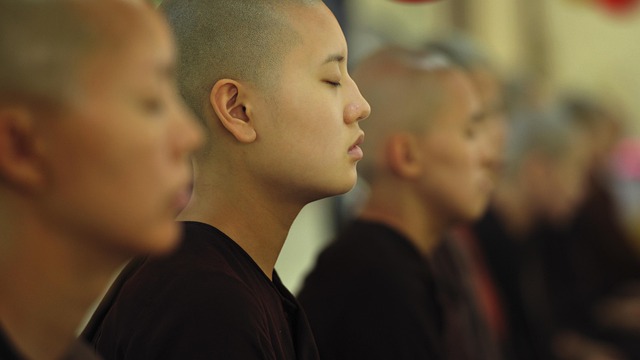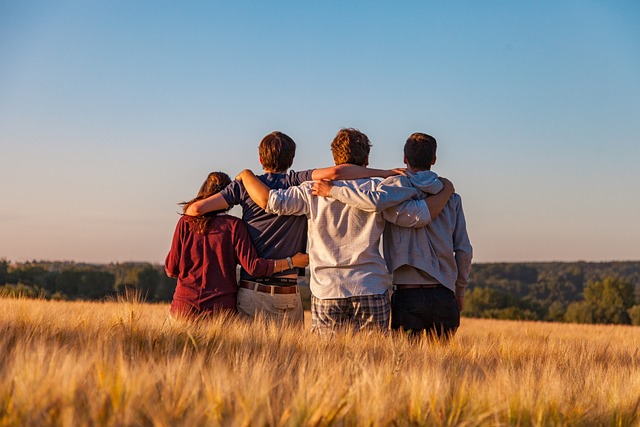Throughout history, the concept of a monastic community has held significant weight in various religious traditions, providing a unique space for spiritual growth, reflection, and shared purpose. These communities, often secluded from mainstream society, have been sanctuaries where individuals come together to deepen their faith and cultivate a sense of belonging.
A monastic community isn’t just about adhering to religious doctrines; it embodies the essence of camaraderie among its members, characterised by a rhythm of life that revolves around prayer, meditation, and communal living. The quiet harmony of daily life within these walls fosters an environment conducive to spiritual exploration. The members often share daily meals, engage in meaningful conversations, and support each other through life’s trials, echoing a profound sense of unity grounded in their shared beliefs.
The spiritual bonds formed in these communities go beyond individual experiences of faith. They cultivate a deeper understanding of collective spirituality, allowing members to learn from one another and grow in their paths. The communal aspect of monastic life encourages accountability, as individuals seek to live out their faith alongside others who share similar values and struggles. This dynamic creates an intimate setting where faith is both lived and shared, forming a unique blend of personal and collective journeys.
Moreover, the commitment to monastic life often reflects a radical choice to step away from the distractions of the modern world. Members willingly embrace simplicity and intentionality, creating a profound connection with their spiritual practices. This lifestyle choice not only elevates personal spirituality but also reinforces the importance of community in the pilgrimage of faith, reminding us that while the path to enlightenment may be a personal one, it is enriched by the presence of others.
In many religious traditions, such as Buddhism, Christianity, and Hinduism, monastic communities have served as vital pillars, influencing theological developments and spiritual practices for centuries. These communities often take on roles beyond personal spiritual development; they engage in social justice, humanitarian efforts, and education, further extending their impact on society. This connection to the external world while maintaining a focus on internal spiritual growth exemplifies how monastic communities are integral to both individual and collective religious experiences.
Ultimately, a monastic community invites individuals into a shared journey, a sacred space where personal and communal spirituality intertwines. It teaches us that while faith can be a solitary pursuit, it is often enriched by the bonds we create with others. In understanding the dynamics of these communities, we uncover valuable lessons about love, service, and what it means to walk with others on the path of spirituality.




